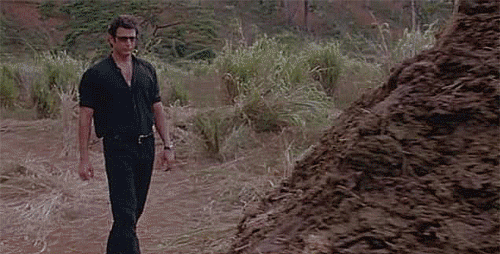Flood, Fire, and Famine
in the History of Civilization
by Richard Firestone,
Allen West, and
Simon Warwick-Smith
Posted on 05/02/2023 2:18:20 PM PDT by SunkenCiv
Coprophilous fungi spores, which are integral to the life cycle of large animals weighing over 45 kg, pass through the digestive systems of these creatures. Consequently, the presence of such spores in sediment samples indicates that these sizable animals once inhabited specific locations and time periods.
Researchers led by the University of Exeter determined that the local extinction of large animals at Pantano de Monquentiva occurred approximately 23,000 years ago and again around 11,000 years ago, significantly affecting ecosystems. The study relied on samples taken from a peat bog in Pantano de Monquentiva, situated about 60 km from Bogota in the eastern cordillera. Notably, this research was the first of its kind to be carried out in Colombia...
...said Dr Dunia H. Urrego, of Exeter's Global Systems Institute. "By analyzing samples of fungal spores, as well as pollen and charcoal, we were able to track the extinction of large animals, and... found the Monquentiva ecosystem changed dramatically when large animals disappeared, with different plant species thriving and wildfires increasing."
Analysis of the fungal spores does not show which large animals were present, but species known to roam Colombia in this period include the giant armadillo and the six-meter-tall giant ground sloth.
The findings show that plentiful megafauna existed in the area for thousands of years, then disappeared entirely about 23,000 years ago.
About 5,000 years later, megafauna began to live in the area again – likely at lower numbers – before another wave of extinction about 11,000 years ago reduced them almost to zero.
The cause of these local extinctions is unknown, but climate changes and hunting by humans are two possibilities. Researchers have even suggested that a meteorite strike was the cause.
(Excerpt) Read more at scitechdaily.com ...
Flood, Fire, and Famine
in the History of Civilization
by Richard Firestone,
Allen West, and
Simon Warwick-Smith
“Prehistoric Poo” sounds like a Frank Zappa song.
Thanks, FReeper to (not) be named later.
It occurs because of the Illinois Enema Bandit.
I figured it was my fault.
and Waves of Extinction is a great name for a rock band. Apologies to Dave Barry
:^)

wite ppl be owin sheetloads mo reparations to da neares relatives of da giant sloths
lol
Researchers have even suggested that a meteorite strike was the cause. climate changes and hunting by humans are two possibilities
—
Leading cause with lots of evidence world wide. Climate Change is what happened AFTER the Strike, which was from comet debris and the strikes lasted perhaps 100 years. Most of North America, not covered by ice, was engulfed in fire storms which burned off 4% of Earth’s vegetation and lower atmospheric oxygen. Immediately after, the Earth was plunged into the Younger Dryas event which lasted 1000 years and was the coldest time ever.

Copralite.
Vikings for the win.
https://www.dailystar.co.uk/news/weird-news/bum-splitting-turd-uncovered-uk-29568138
Cosmic Debris?
Before the 1920s Prohibition and rise of the Mob, that is what they called “a stoolie”.
Coprology always seemed like a weird specialty, even though we all do it with our own — “OMG, this one feels like a can of beer!” or even just “How’d I do?” I’ve got a book about it, somewhere, I guess I just have to follow my nose. I’ve never wanted to know what they used to make the ink.
An our millennials are worried about cow farts!
Looks like someone — or something — got their poop in a group.
Should have banned internal combustion engines sooner than we had thought.
Cosmic Debris?
—
“comet debris” - where you got ‘cosmic’ is anybody’s guess.
Disclaimer: Opinions posted on Free Republic are those of the individual posters and do not necessarily represent the opinion of Free Republic or its management. All materials posted herein are protected by copyright law and the exemption for fair use of copyrighted works.